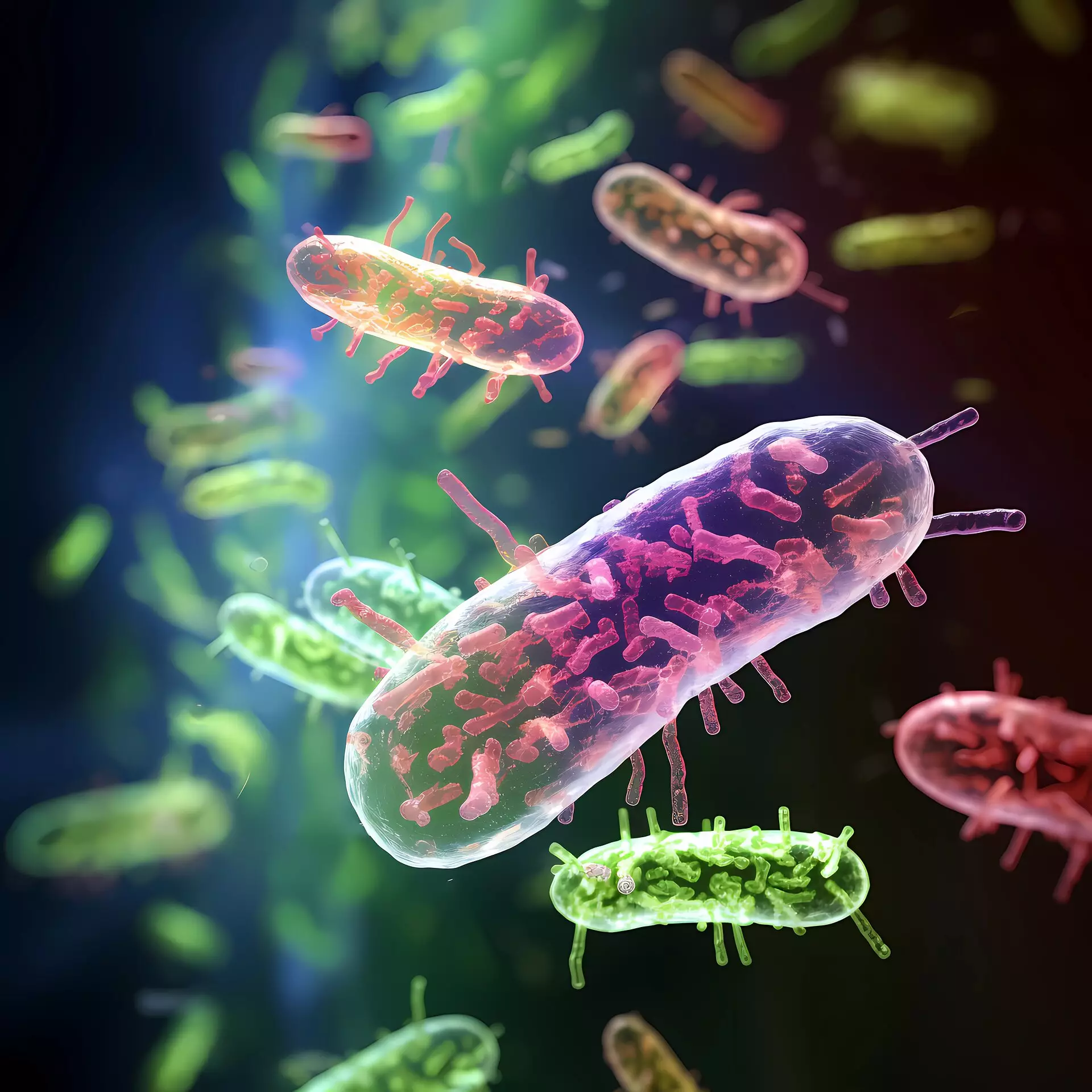In recent scientific explorations, the enigmatic world of active matter has captivated researchers, especially with groundbreaking insights from a study led by Professor Xu Ning. Active matter, characterized by its ability to move spontaneously through energy consumption—whether derived internally or from the environment—has become a pivotal focus in fields ranging from physics to biology. Its intrinsic non-equilibrium dynamics offer a glimpse into complex behaviors, particularly when these substances gather to form intricate collective motions. Such phenomena have become an enduring fascination, begging the question: how does the behavior of active matter compare with more traditional systems like shear flows?
The Surprising Links Between Active Matter and Shear Systems
In a significant leap for interdisciplinary science, Professor Xu’s research team has proposed an innovative hypothesis: that the collective movements of active matter share striking similarities with those in sheared systems. At first glance, their differences, particularly in energy input mechanisms, would suggest otherwise. However, the findings indicate that both systems can exhibit similar viscosity changes under varying forces, unveiling a complex micro-mechanism responsible for breaking down particle clusters. This revelation not only illuminates the behaviors of active matter but also challenges preconceived notions about fluid dynamics in general.
Viscosity Behavior: A Dance of Forces
One revealing aspect of this research lies in how active matter and shear systems manipulate viscosity. In ordinary Newtonian fluids, shear forces typically lead to a mere alignment of molecules, thus maintaining consistent viscosity levels. However, the active nature of particles in active matter creates a chaotic environment where forces can deviate in random directions. This interplay can disrupt stable percolating clusters, leading to a dramatic drop in viscosity as the clusters disband. The implications of this discovery are staggering: the dynamic interactions among active particles not only reshape our understanding of fluid mechanics but also pose new questions about how we perceive viscosity in biological systems.
Broader Implications for Biological Systems and Physics
Delving deeper into the findings, we can consider the implications for biological organisms, such as E. coli, which exhibit “superfluid”-like behaviors when motile. The research supports the idea that active matter’s capacity to influence viscosity opens new avenues of inquiry into collective motion in living systems. These discoveries could have transformative effects not only in biology but also in materials science and engineering, as we begin to decipher the principles governing complex fluids. By establishing a correlation between active matter and shear flows, we stand at the brink of a unified theory that can revolutionize our understanding of both disciplines.
The persistence of active matter’s intriguing behaviors invites a deeper exploration into the nature of systems that operate outside equilibrium, encouraging further interdisciplinary dialogue. As scholars and practitioners alike grapple with these revelations, we inch closer to comprehensive models that can explain the chaotic yet mesmerizing dance of active matter and its many applications.


Leave a Reply